Pain When Arching Back Backwards : Causes & Symptoms
We all know how difficult it is to live with back pain. It can make everyday tasks seem impossible and even the simplest of movements painful.
Regarding the object of your low back pain, this article will explore different possibilities that may have caused your ache when arching back and offer treatment options for each one based on the sign you're experiencing.
Causes of Back Pain When Arched Backwards
Pain when arching back or bending forwards can be caused by different sources, such as muscle strain, slipped discs, spinal stenosis, and herniated discs.
To determine the provoke of your lower back ache when arching backwards, continue reading for information on each possible cause and its corresponding treatment plan.
Muscle Strain:
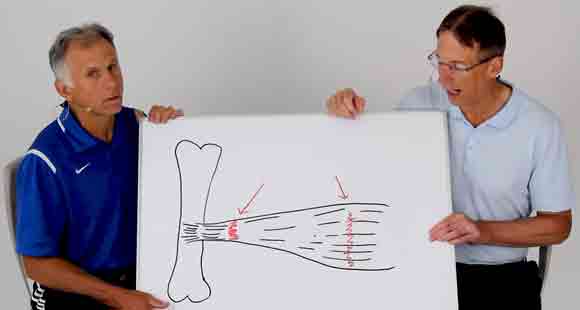
Muscle strain is the most general object of lower back pain when arching backwards or bending forwards.
Muscle strain is generated by trauma to the musculoskeletal system, which can be anything from an injury sustained while playing sports or a slip and fall on the floor.
These injuries can damage the soft tissues such as ligaments, tendons, and muscles.
Symptoms of Muscle Strain:
The main symptom of muscle strain is tightness in the muscles and feeling sore. Depending on the severity, a person can experience ache at night or during physical activities.
In order to treat this type of back pain, it's necessary to rest and ice your low back. The best treatment for muscle strain is over-the-counter painkillers such as ibuprofen that also provide relief from anxiety.
Treatment for Muscle Strain:
Taking rest: This is the first step to treating muscle strain. You should refrain from physical activities until the ache lowers.
Taking over-the-counter medications: Taking ibuprofen or other anti-inflammatory medications will help with inflammation and alleviate pain in your lower back.
Applying ice packs: Applying ice on your low back can help reduce ache and swelling.
Consulting a doctor: If your syndromes are not improving, you should consult a physician to assess the damage and determine if further treatment is needed.
Slipped Discs:
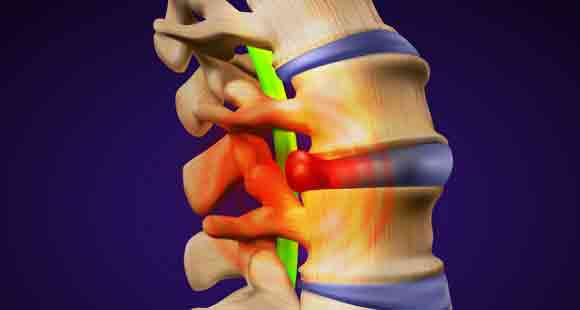
A slipped disc is a common provoke of ache in the lower back and usually affects people between the ages of 20 to 50. The plates that cushion your vertebrae break down over time, which makes it easier for them to slip out.
They are located between every vertebrae in your spine and are responsible for keeping the bones separate from each other. When a disc slips out of place, it can generate impingement on nerves in your legs.
Syndromes of Slipped Plates:
- Pain when bending backwards
- Pain in the neck and arms that extend into your upper back, down the outer side of your arm, and into your hand. Numbness or tingling is a sign that the condition has moved to your upper extremities as well.
Treatments of Slipped Plates:
In order to treat slipped plates, it's necessary to rest first, take medications, and do physical therapy. Make sure to always be careful when lifting heavy objects because the continued lower back strain can aggravate this condition.
Lumbar Spinal Stenosis (Spinal Curvature):
It is a less general provoke of lower back pain when arching, occurring in people between the ages of 50 and 80.
Syndromes of Spinal Curvature:
A regular symptom of spinal curvature is having lower back pain from using the bathroom while standing up. It affects the plates and nerves in your spine, causing inflammation which can lead to rheumatism.
Spinal stenosis causes a lot of discomfort and weakness in your legs, making it necessary to be treated as soon as possible.
Pain when arching back is a primary symptom of spinal curvature. However, it can also produce stiffness and numbness in your back.
Treatments of Spinal Curvature:
Steroid injections, anti-inflammatory drugs, and physical therapy are all things that will help relieve pain when arching back from lumbar spinal stenosis. Be careful when lifting heavy objects because the continued strain can lead to permanent effects of lumbar spinal stenosis.
Herniated Disc:
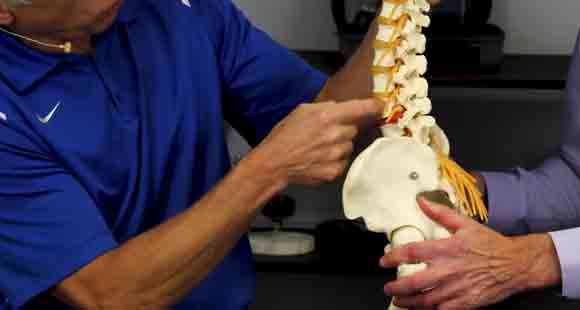
Pain when arching back can also be caused by a herniated disc, which can produce lower back pain and mild. It usually affects people between 20 and 40 years old. And is a normal symptom after traumatic injuries or accidents. A herniated disc occurs when the
Syndromes of Herniated plates:
Herniated plates cause severe pain in your lower back and lead to weakness that spreads down one of your legs. It can also provoke numbness, and tingling.
Treatments for Herniated disc:
Physical exercises are great at treating herniated plates because they relieve pressure on the nerves affected by a herniated disc. If exercising is something you are able to do, it will be much more effective than doing nothing.
In addition, there are many different forms of therapy that treat herniated plates, such as shock wave treatment, ultrasound treatment, and traction.
Arthritis:
Getting older can bring about arthritis, which is the reason for stiffness and pain when bending over or rotating your torso.
Syndromes of Arthritis:
It is not hard to tell if you have rheumatism because it will produce a lot of pain in your lower back no matter what position you are in. It also takes longer for the muscularity in your back to recover after you work them out.
Treatments of Arthritis:
If you do have rheumatism, make sure to take lots of painkillers drugs because they will definitely help relieve some of the pain.
If your condition gets worse, surgery may be an option. Before getting surgery for rheumatism, you should try physical therapy and massages in order to strengthen your back muscles.
Muscle Strain:
Pain when arching back may be caused by brawn strain, which is a normal condition that affects people of all ages. It can develop from overuse or trauma, causing tightness and weakness in the lower back.
This condition usually occurs because of damaged or torn muscles but can also be triggered by inflammation and wear and tear from stress on the muscles.
Symptoms of a Muscle Strain:
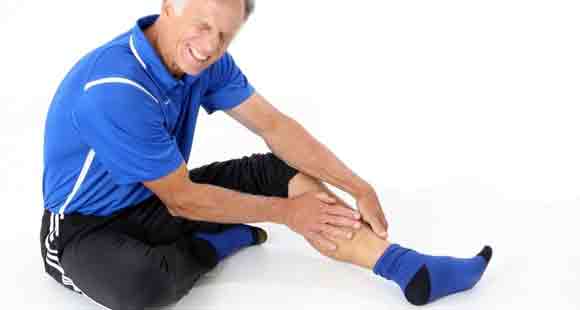
Pain when arching backwards or bending forwards is caused by brawn strain. You might feel swelling around your spine and have limited mobility in your back because the brawn strain weakens the surrounding tissues. The pain may radiate down your leg or back.
Treatments of a Muscle strain:
If you think that ache when arching back backwards is caused by muscle strain, make sure to take some time off from doing rigorous activities because the only way to heal brawn strains is to let the tissue rest and repair itself.
Stretching regularly will also help a lot with brawn strains because it increases blood flow to the muscles you are stretching. Be sure to consult a doctor before starting any workouts.
Frequently Asked Questions:
1. What is Stenosis in the Back?
Answer: There's a narrowing of the spinal canal in your lower back called lumbar spinal stenosis. Stenosis is a condition in which bones grow around a joint to form a narrow canal.
When this happens at your neck or middle back (cervical and thoracic spine), pressure on the nerve roots that are traveling through these spaces can produce severe ache and produce numbness, burning sensations, tingling sensations, and muscle weakness.
2. When Should I Go to a Doctor for My Pain When Arching Backwards?
Answer: Each person's pain threshold is different (higher or lower), so you should go to a doctor if the pain:
Is not better after using relaxation techniques for 2-3 days.
has become intense since using this article/relaxation techniques but is still within the normal pain threshold.
3. What is the Best Exercise to Cure My Pain When Arching Back?
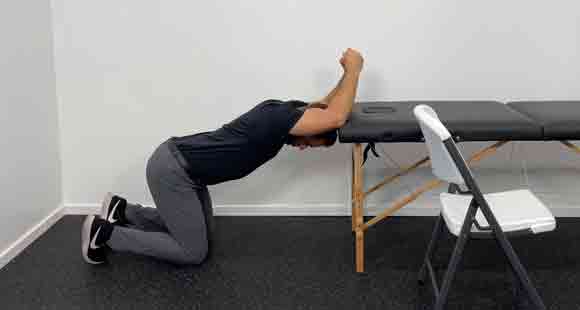
Answer: There's no single way to prevent back ache when arching backward or bending forwards, but you should know what workouts might help lessen the intensity of your pain. Your doctor may also recommend that you use a foam roller to release knots in muscles.
Try to stretch and lengthen these muscles before going back into an arched position. It might also be helpful to try doing strengthening exercises for the abdominals and buttock muscles. You could do planks or weights with movements like side passes or lunges.
4. What is the Difference between Muscle, Back Pain, and Arthritis?
Answer: Arthritis is a condition in which joints become swollen, inflamed, and stiff. It's one of the leading producers of disability globally (the other being low-back pain).
Muscle is a tissue designed to contract and relax so that the force at the points where they connect can produce movement: A muscle contraction produces movement by shortening its fiber length, while on relaxation, they lengthen.
Back ache or injury is usually brought on because either one or more muscles around your spine tighten up when you arch back. It creates stiffness.
Conclusion:
There are a lot of causes for pain when arching backwards or bending forwards, but these are the most common. Make sure to always be aware of what's going on with your body so that you can help yourself early in the process.
